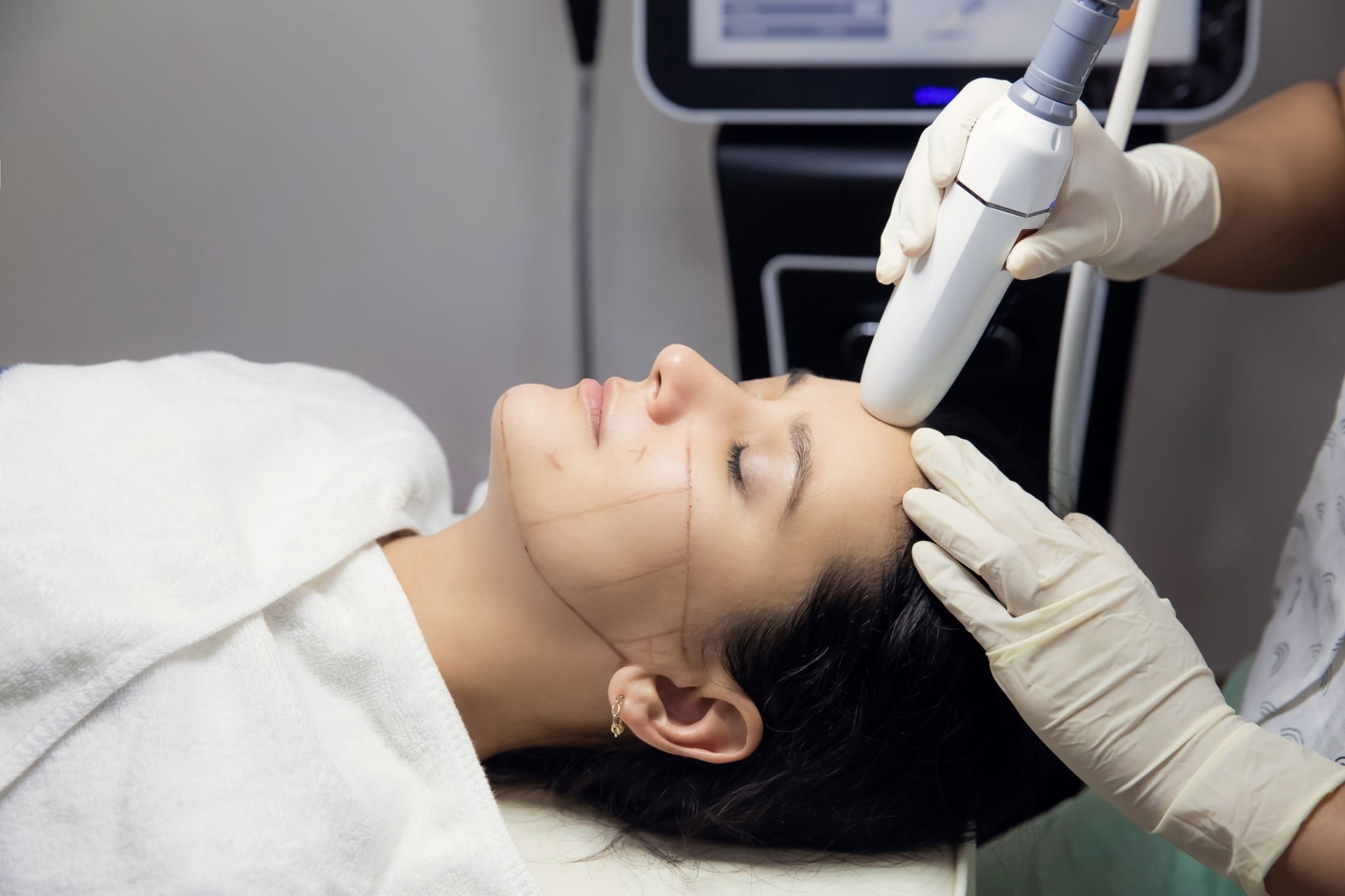
We all know that as each day goes by, we are getting older…and older. Along with that thought, we often think about our faces and how they are changing. It’s only natural that we start to wrinkle and that our faces start to sag. Losing one’s youthful appearance is a source of great insecurity for many people. You are not alone if you are considering a facelift. Today, facelifts have become one of the most popular procedures in the world.
What is a Facelift?
A facelift is a procedure that involves lifting and tightening the skin and underlying tissues of the face and neck. This helps to restore a more youthful appearance by reducing wrinkles, sagging, and jowls.
The facelift procedure has a fascinating history.The first documented facelift was performed in 1901 by German surgeon, Eugen Holländer. He had developed a technique that involved making incisions in the scalp and behind the ears, followed by lifting and tightening of the skin and underlying tissues. Several decades later, in the 70s, Dr. Paul Tessier developed the SMAS facelift, which involves lifting and tightening the superficial muscular aponeurotic system (SMAS). This layer of tissue lies below the skin, and is a more effective procedure than traditional facelifts. In the 80s, the mini-facelift was developed.
The facelift field is ever constantly evolving, and in the 2000s, less invasive techniques have become increasingly popular. Ongoing research and development aims to improve results and reduce risks.
Why Consider A Non-Surgical Facelift?
A non-surgical facelift is a more modern procedure that uses minimally invasive techniques to improve the appearance of the face and neck. These techniques, outlined below, can include injectable dermal fillers, botox, radiofrequency treatments, and laser treatments. Non-surgical facelifts are a good option for people who want to improve the appearance of their face without incisions, general anesthesia and added costs and recovery time. Or maybe you are too young for a facelift, but want to still look youthful and delay surgery for as long as possible.
- Dermal Fillers – Injectable substances used to add volume to the face, plump up wrinkles, and smooth out the nasolabial folds and marionette lines.
- Botox and Xeomin– Neurotoxin used to temporarily relax muscles, leading to reduced wrinkles and improved appearance of the forehead, eyes, neck and marionette lines.
- Renuvion – Technology that uses a cold helium laser and radiofrequency to visibly lift and tighten the skin. It can also be used on arms and tummies and thighs. Like a facelift, it resets the clock so usually one treatment will last years.
- Lasers – Used to resurface the skin to improve skin tone, smooth lines and tighten pores.
While a non-surgical facelift can yield remarkable results, it is not equal to a surgical facelift. The results are not as dramatic as the procedure is also not as dramatic! It is most important to find a trusted surgeon who will discuss every option and the expected results with you. Make sure they have photographs of their actual patients to demonstrate their results and what you can expect.
Did we mention that non-surgical facelifts are typically less expensive and have a shorter recovery time than surgical facelifts? Now you know! They can also be easily performed in a doctor’s office or medical spa.
How Much Of A Difference Is there?
One of the biggest changes seen in the facelift field, without a doubt, is the increasing popularity of non-surgical facelifts. These procedures offer a number of advantages over traditional surgical facelifts, including less pain and more natural-looking results.
For example, non-surgical facelifts are less invasive than surgical facelifts, which means there is less risk of complications and less recovery time. They are also less expensive than surgical facelifts, but ultimately your choices depend on what you want to achieve.
You Decide.
If you are considering a facelift, it is important to talk to a qualified cosmetic surgeon to discuss your options. As you can see, there are many advantages to choosing a non-surgical facelift over a surgical facelift, if it is the best fit for you and your lifestyle.
Of course, there are also some potential drawbacks to non-surgical facelifts. They may not be as effective as surgical facelifts, and the results may not last as long. Additionally, some people may not be comfortable with the idea of having needles or other instruments inserted into their skin.
Ultimately, the decision of whether or not to have a non-surgical facelift is a personal one. There is no right or wrong answer, and the best choice for you will depend on your individual needs and goals.
If you’re still undecided, I recommend talking to a qualified cosmetic surgeon. They can help you assess your needs and recommend the best treatment option for you.
Here are some additional tips for choosing a non-surgical facelift:
- Do your research and choose a qualified surgeon.
- Be clear about your expectations and what you are hoping to achieve with the procedure.
- Ask about the risks and benefits of the procedure.
- Make sure you are comfortable with the surgeon’s fees and payment options.
With careful planning and research, you can find the perfect solution for YOU, be it non-surgical or surgical.
So, what are you waiting for? Start your journey to a more youthful-looking face today!
If you are ready to take the next step, contact us today to schedule a consultation. Here at the office our Dr. Penelope Treece, we would be happy to answer any questions you have and help you decide if a facelift is right for you!

